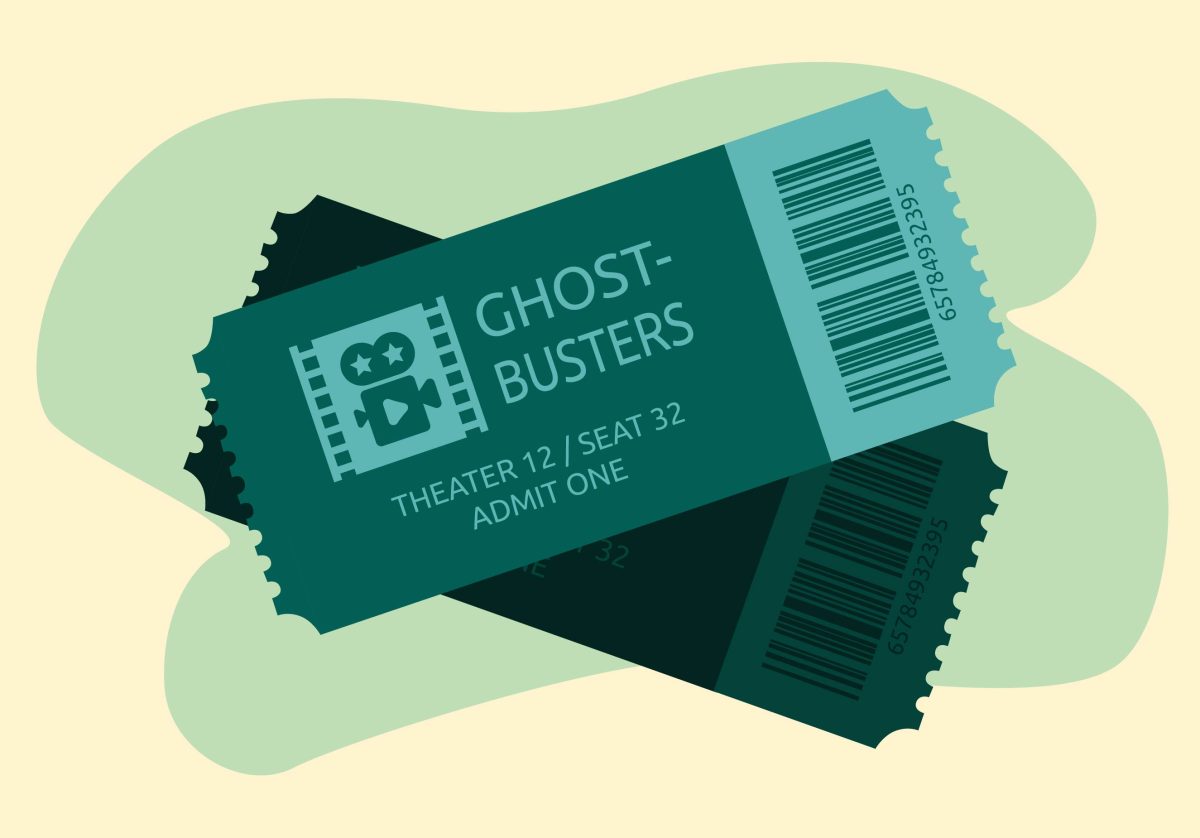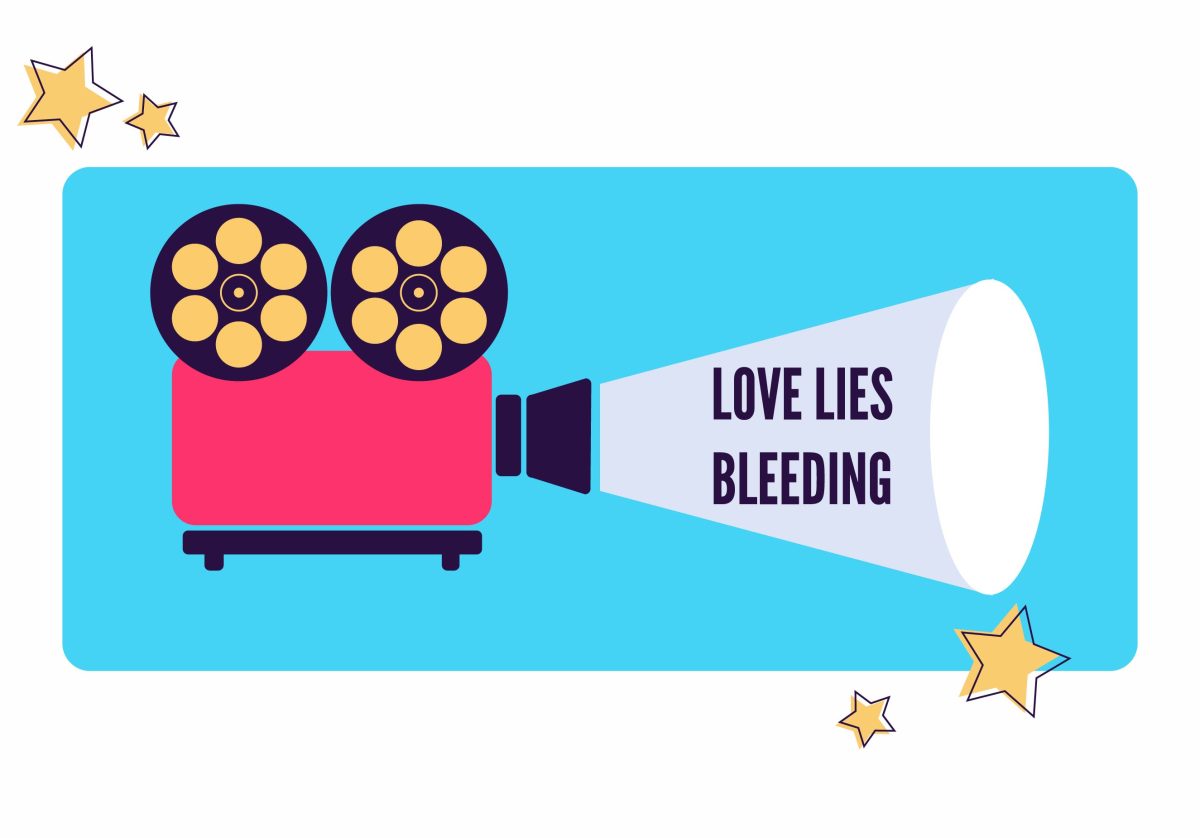If you’ve consumed even a minute of media in the last five years, it was probably founded in the sinuous roots of reality.
But it’s not present in the lyrically wistful sense that Thomas Wolfe put it in the preface to his 1929 coming-of-age novel “Look Homeward, Angel” when he wrote that every author uses the “clay of his own life” to create his fiction.
There’s a reason why Truman Burbank (Jim Carey) was the subject of a hyper-real set of simulacra in 1998’s “The Truman Show.” It’s the same reason why you had your own self-aware “Truman Show” ego blast while sipping Arabia dark roast in a café last week: The architecture student in the grey heather pea coat carrying her studio portfolio who sat at the table to your right, and then reappeared on the bus after your three o’clock class, and then again jogging on the sidewalk near your apartment. Wasn’t she just a part of the mechanics of a grand design, in the middle of which sits you?
It’s the same reason why Harold Crick’s (Will Ferrell) life unfolds as it’s typed by novelist Karen Eiffel (Emma Thompson) in the new film “Stranger than Fiction.” As Truman was the subject of a television show, Crick is the protagonist of a novel. Only this time neither Crick the protagonist nor Eiffel, the creator, are aware.
“Stranger than Fiction”
DIRECTED BY: Marc Forster
STARRING: Will Ferrell, Emma Thompson, Dustin Hoffman
RATED: PG-13
PLAYING AT: Area theaters
It’s also the same reason why Dito Montiel’s memoir, “A Guide to Recognizing Your Saints,” has been adapted into a moving vérité film of the same name. The characters repeatedly break the fourth wall and address the audience, and, in truly self-referential postmodern fashion, they also name-drop and talk about the book that originally told tale of Dito’s coming-of-age in Astoria, Queens.
There’s a reason why these films are being made and why they are being made now. All that we have to do is take our telephoto lens and peer back to 1959. In the next five minutes, we will flatten nearly 50 years of film, television and war into one high-definition image to see just how we fell in love with depicting reality and then lost our grip with it.
In François Truffaut’s seminal French New Wave film from 1959, “The 400 Blows,” the final shot is a freeze frame of the juvenile protagonist’s face, Antoine Doinel (Jean Pierre Léaud) looking directly at the camera. He has just run away from reform school and, unwilling to return to his parents, he is confronted with an uncertain future.
It is one of the defining gestures of the film movement that adamantly strove to break every cinematic convention, especially those dictated by Hollywood. You can read it as a metaphor for the movement itself: bold and exciting, but ambiguous enough so as not to seem overconfident or didactic. And still its sediment would influence generations of filmmaker’s like Francis Ford Coppola, Quentin Tarantino and Wes Anderson.
The new wave filmmakers liked to take unknown or unprofessional actors and bring their cameras on to Paris’ streets, night or day, rain or shine. It made new stars out of ordinary people and placed them in real, recognizable locations. It reimagined the Hollywood star system. The new approach gave their films a feeling of spontaneity and verisimilitude that challenged the Hollywood whose studio’s calculated trammels glossed over the devastation that two world wars had impacted elsewhere, across seas.
And so Hollywood and the media image remained at a distance.
But after the Vietnam War was broadcast on television sets in parlors and living rooms across the country, America could no longer ignore the truth that the coverage professed and which, for the first time, hit home (though not as literally as it could have).
Human drama, in America, had never felt so real, so personal. Men of neighborhoods, of communities, men whom people had known, they were fighting and dying, and television relayed this in all its brutal reality.
In cinema, the reaction came from a rush of young directors who demanded what the new wave had introduced – reality – and they came in two groups: New Hollywood and Cinema Vérité.
The violence of Vietnam led New Hollywood to abandon the clean-cut utopias that Garbo and Gable inhabited, and they entrenched their pictures with difficult material centered on crime, violence and corruption. New Hollywood brought films such as “Mean Streets” (Martin Scorsese) “Chinatown” (Roman Polanski), “Apocalypse Now” and “The Godfather” (Francis Ford Coppola).
Cinema Vérité took the premise of a more honest depiction of the world, and urged for even more realism. Films like Gillo Pontecorvo’s “The Battle of Algiers” and those of John Cassavetes, the American independent film forefather, used their lightweight, handheld cameras and sound equipment to get close to the action and create a pseudo-documentary feel.
“A Guide to Recognizing Your Saints”
DIRECTED BY: Dito Montiel
STARRING: Robert Downey Jr., Rosario Dawson, Shia LaBeouf
RATED: R
PLAYING AT: Landmark Uptown, (612) 825-6006
It mimicked reality, it felt like reality, and, like Wolfe, it was based on reality. There was only one place to go.
In the middle of all of this “New Hollywood” and “vérité,” an artist and avant-garde filmmaker was bringing a notion of art to the collective conscious that addressed the continuous inclination towards the personal that had been developing since Truffaut’s young, unknown protagonist stared into that camera in 1959.
He dug popular culture and he also happened to have a fascination with Hollywood icon Marilyn Monroe. His name, maybe you have heard of it, was Andy Warhol. And while creating art with soup cans and Coca-Cola, he made a statement that people today would call “ahead of its time,” which means, naturally, that it came true. Those seemingly innocuous words were: “in the future, everyone will be world-famous for fifteen minutes.”
Today, we have 24-hour news that brings us every bit of reality from pelicans eating pigeons to buildings being razed by airplanes. Perfectly ordinary people are stars of shows that give them the chance to win millions of dollars. Like Publisher’s Clearing House has been saying on its televised deliveries of exorbitant amounts of money on oversized checks, “You could be next.”
The world has never been presented to us with so much reality, and yet so often our reaction is an obstinate denunciation: planes crashed into the World Trade Center? She won a million dollars? “That’s unreal.”
In 1929, Thomas Wolfe had no idea how real that “clay of one’s own life” would become. Today, it’s not only the material we use to mold fiction from reality, it’s also the reality that then becomes the fiction. That clay is stuck in the cracks in our knuckles and under our fingernails, and what we’ve made has proven to be very strange indeed.
These two most recent films, “Stranger than Fiction” and “A Guide to Recognizing Your Saints,” have arrived at a point in history in which everyone is able to identify with one or another image of reality, either in what they are or what they are not (and perhaps what they’d like to be). We are cooks, fashion designers, wealthy, sick, young, famous, adventurers, tattoo artists, plastic surgeons and more.
So what’s next?
Dito’s “Saints” is all about recognizing your past and how it has created your identity, but it’s “Fiction’s” suggestion that is most provocative. Unlike the “Truman Show,” the creator is not all-powerful.
Oh, it’s the existential question of the day: Am I creating readers by writing, or are you creating writers by reading? And hey, what is reality, really? Like, duuude, Neo, Whoooaaa.
















